When it comes to enjoying a round of golf, David L. Baker Golf Course stands out as a favorite among both seasoned players and casual enthusiasts. Nestled in the heart of Fountain Valley, California, this course is well-regarded for its accessibility, beautiful landscaping, and outstanding facilities. Let’s dive into a comprehensive review of this delightful golf destination, covering everything from its layout and features to insights from real golfers.
Course Overview
David L. Baker Golf Course is an 18-hole executive course designed to accommodate players of all skill levels. It offers a par-59 layout perfect for those looking to sharpen their short game without spending an entire day on the course. The course spans approximately 3,700 yards, providing a fun challenge for both beginners and more experienced golfers.
 David L. Baker Golf Course – Overview
David L. Baker Golf Course – Overview
Key Features
- Location: 1020 W 10th St, Fountain Valley, CA 92708
- Established: 1996
- Course Type: Executive
- Total Par: 59
Course Layout
David L. Baker features a mix of shorter par-3 and par-4 holes, making it ideal for players focusing on their iron game and putting skills. Below is a breakdown of its main features:
| Feature | Description |
|---|---|
| Holes | 18 holes, par 59 |
| Yards | Approximately 3,700 |
| Slope Rating | 87.0 (from the back tees) |
| Course Rating | 52.5 |
| Greens | TifEagle Bermuda |
Reviews From Real Golfers
To provide you with the most authentic experience possible, we gathered genuine feedback from golfers who have played at David L. Baker Golf Course. Here are some notable aspects highlighted in the reviews:
Positive Attributes
1. Affordability
Many golfers rave about the affordable green fees. At an average rate of $25-$30 for a round, it’s enough to attract players looking for value without compromising quality.
“David L. Baker offers fantastic value for a well-maintained course,” commented one frequent player.
2. Well-Maintained Grounds
The greens and fairways are often described as well-kept, with regular maintenance ensuring good playing conditions. This is crucial for creating a pleasurable golfing experience.
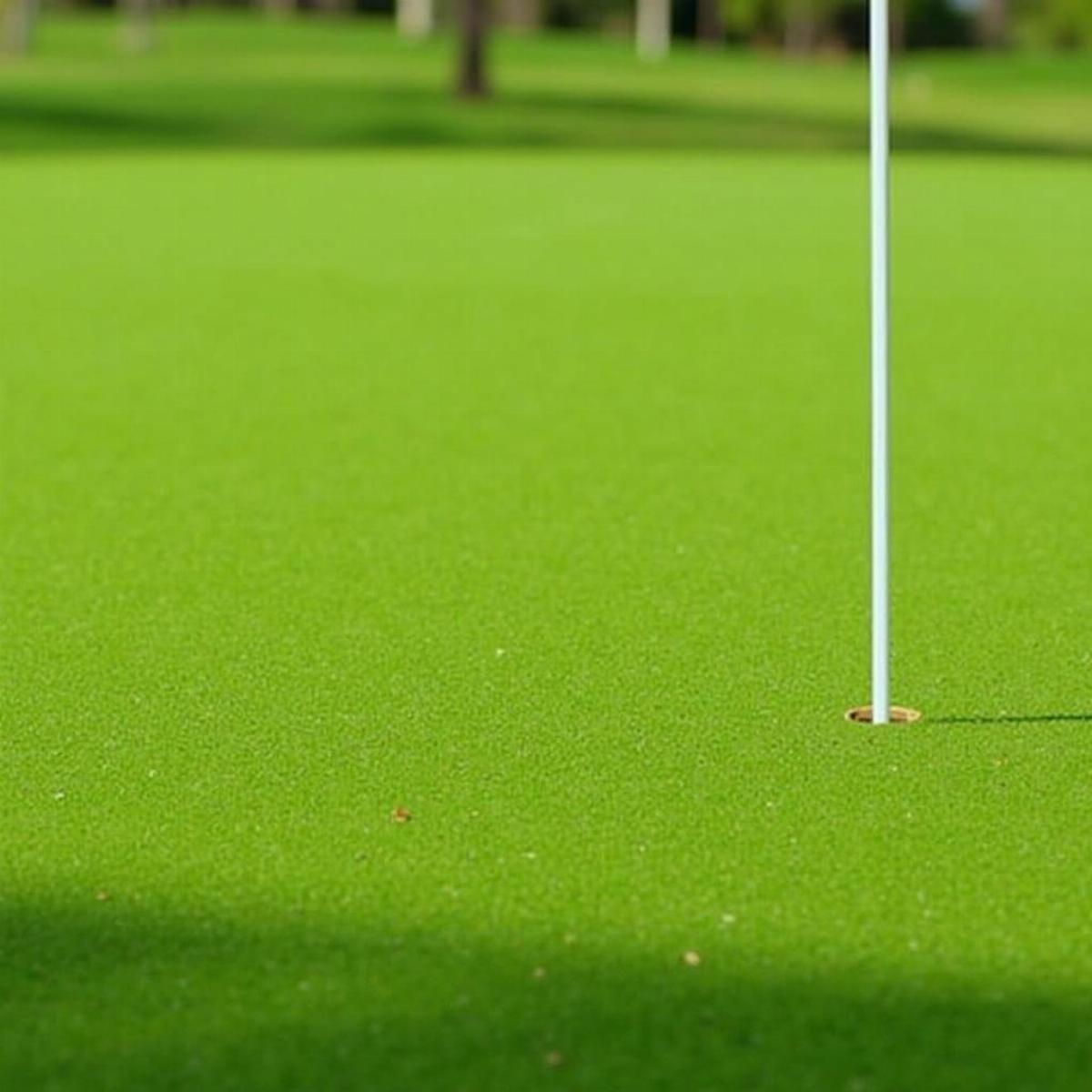 Well-maintained Green at David L. Baker Golf Course
Well-maintained Green at David L. Baker Golf Course
3. Friendly Atmosphere
From staff to fellow golfers, visitors often note the friendly vibe of the course. Many describe it as a welcoming environment for beginners and families looking to enjoy a day out on the greens.
“Everyone here loves golf as much as I do,” shared a local golfer.
Areas for Improvement
1. Limited Facilities
Some reviewers mention that the clubhouse facilities are somewhat modest. While they have basic amenities, there’s limited space for gathering or post-game relaxation.
2. Busy Times
During peak hours, the course can become quite crowded, leading to slower play. Golfers hoping for a quick round might want to plan their tee time accordingly.
“Come early if you can! Afternoons can be packed,” advised an experienced golfer.
Course Highlights
Unique Challenges
- The layout includes several water hazards and strategically placed bunkers to provide players with various challenges.
- Make sure to keep your distance measurements in check, as several dogleg holes can deceive even the most seasoned players.
 Challenging Dogleg Hole at David L. Baker Golf Course
Challenging Dogleg Hole at David L. Baker Golf Course
Special Events
David L. Baker hosts tournaments and leagues throughout the year, perfect for golfers looking to compete or improve their skills. Check their official website for more details about upcoming events.
Tips for a Great Golfing Experience
- Arrive Early: This allows you to warm up at the driving range and avoid congested tee times.
- Stay Hydrated: Bring a water bottle, especially during the warmer months.
- Pack Your Essentials: Ensure you have all necessary gear (clubs, balls, tees) and don’t forget your sunscreen.
Key Takeaways
- David L. Baker Golf Course is an affordable, well-maintained, and friendly place for golfers of all levels.
- Prioritize your arrival time to avoid busy hours.
- Make use of the driving range before playing to get in the right mindset.
Frequently Asked Questions (FAQs)
1. What are the green fees at David L. Baker Golf Course?
Green fees generally range from $25 to $30 for a round.
2. Is the course suitable for beginners?
Yes, the executive layout and friendly atmosphere make it perfect for novice golfers.
3. Are there any dining options on-site?
While there isn’t a full restaurant, light snacks and drinks are available at the clubhouse.
4. Can I book a tee time online?
Yes, you’re able to book tee times through their official website or by phone.
5. What is the best time to play?
Mornings are generally less crowded, providing quicker play times.
6. Are there any special events at the course?
Absolutely! They frequently host tournaments and community events.
7. What types of clubs should I bring?
Since David L. Baker is an executive course, focus on bringing a good selection of irons and putters.
8. Is there a dress code at the course?
A standard golf dress code is typically enforced; collared shirts and appropriate footwear are required.
9. Does the course offer rentals?
Yes, clubs, carts, and other essential equipment are available for rental.
Conclusion
If you’re looking for a fabulous golfing experience without breaking the bank, David L. Baker Golf Course deserves a spot on your must-play list. With its friendly vibe, strategic layout, and easy accessibility, it’s a fantastic choice for golfers of all skill levels. So, gather your friends or family, book your tee time, and hit the greens for a memorable day of golfing fun!
Further Reading & Resources
For more information about golf courses in California and helpful tips for your game, check out:
By sticking to this guide, you’re sure to have all the information necessary for a successful visit to David L. Baker Golf Course. Enjoy your next round!

 Golfer Choosing Soft Golf Ball
Golfer Choosing Soft Golf Ball Soft Golf Ball On Wet Green
Soft Golf Ball On Wet Green
 Date Palm Country Club Clubhouse
Date Palm Country Club Clubhouse Date Palm Country Club Pool Area
Date Palm Country Club Pool Area Date Palm Country Club Community Event
Date Palm Country Club Community Event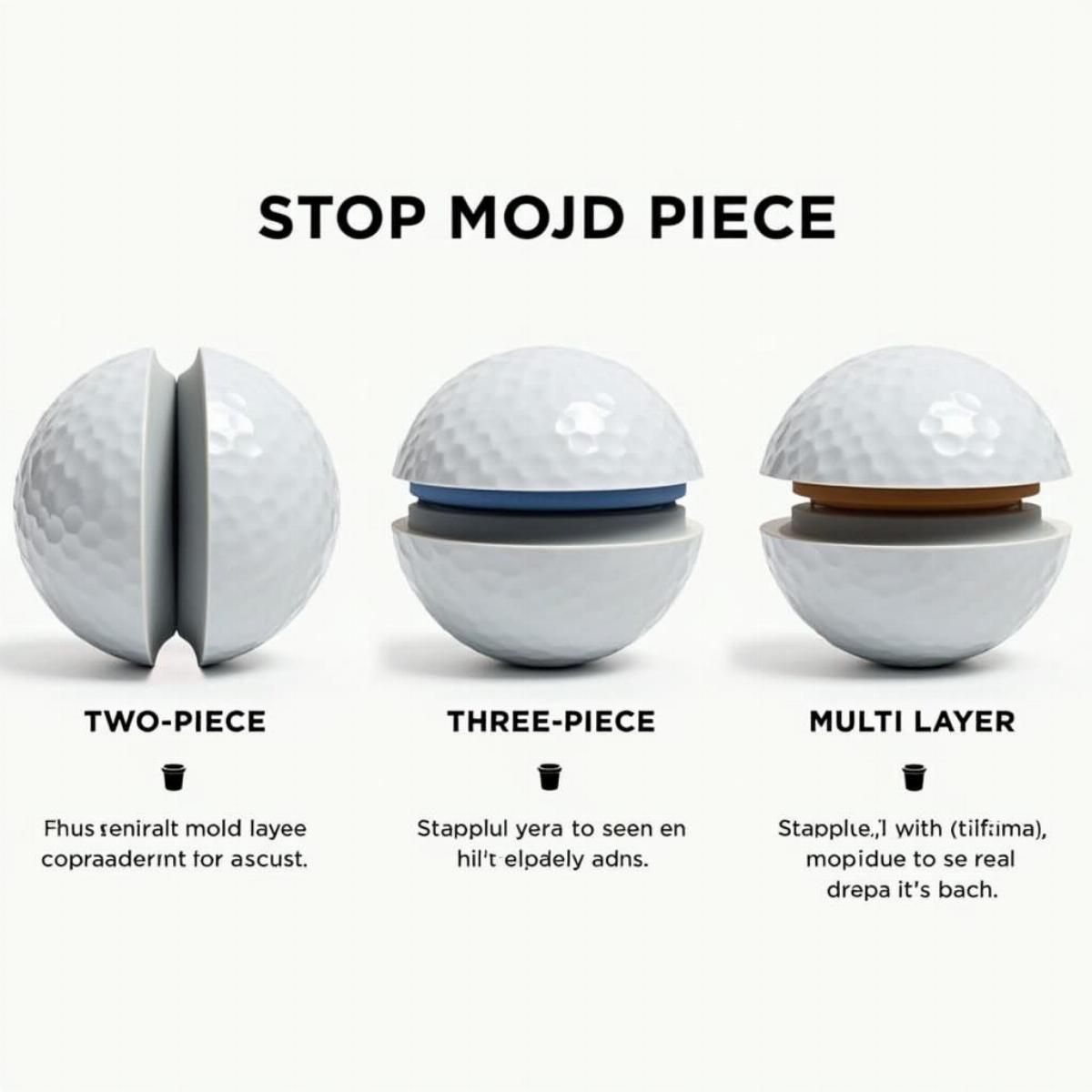
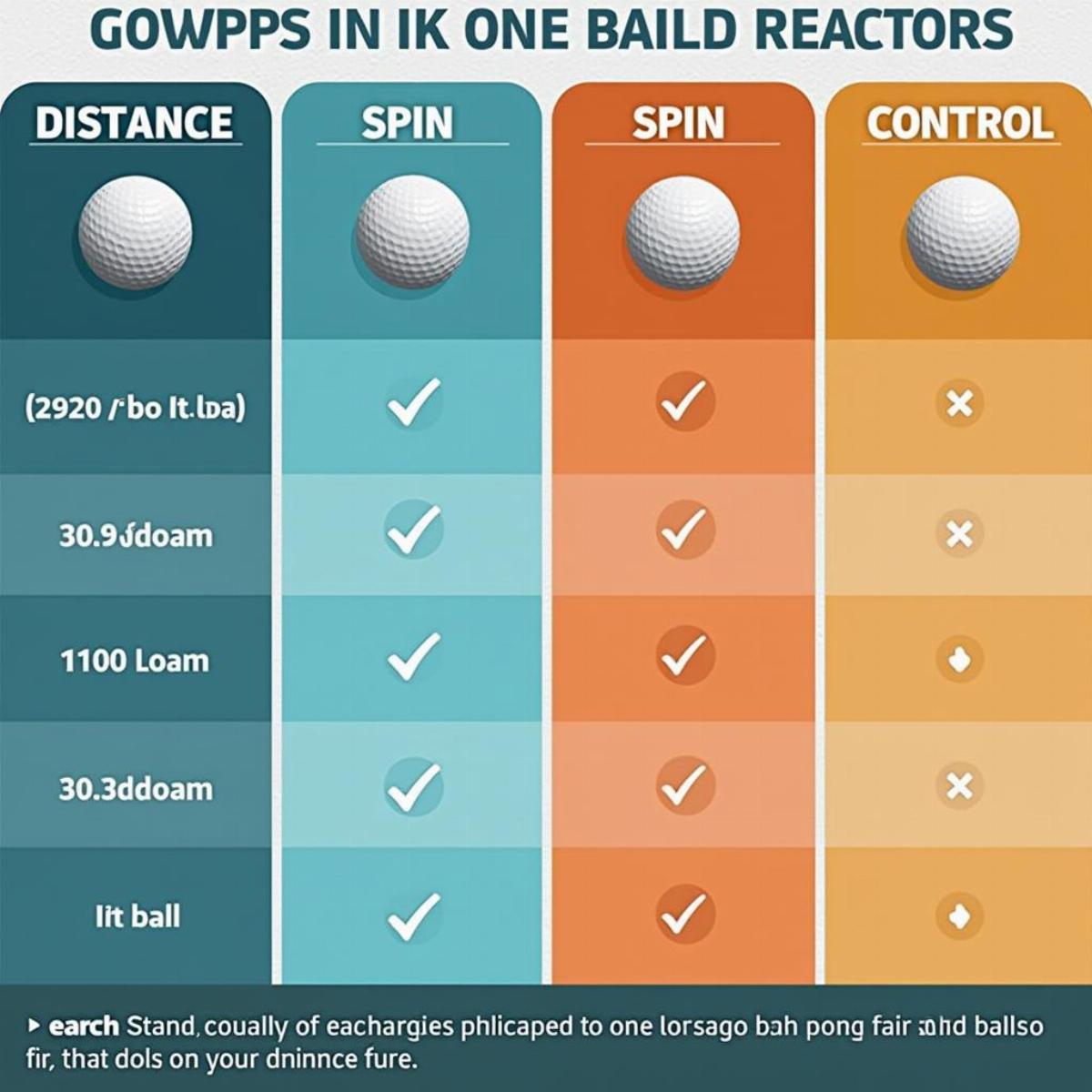 Comparing Golf Ball Performance
Comparing Golf Ball Performance Golfer Testing Golf Balls on the Course
Golfer Testing Golf Balls on the Course
 Welcoming Atmosphere at Arroyo Grande Golf Course
Welcoming Atmosphere at Arroyo Grande Golf Course Enjoying Amenities at Arroyo Grande Golf Courses
Enjoying Amenities at Arroyo Grande Golf Courses
 Close-up of Cresta Verde Golf Scorecard
Close-up of Cresta Verde Golf Scorecard Golfer Planning Strategy on Scorecard
Golfer Planning Strategy on Scorecard
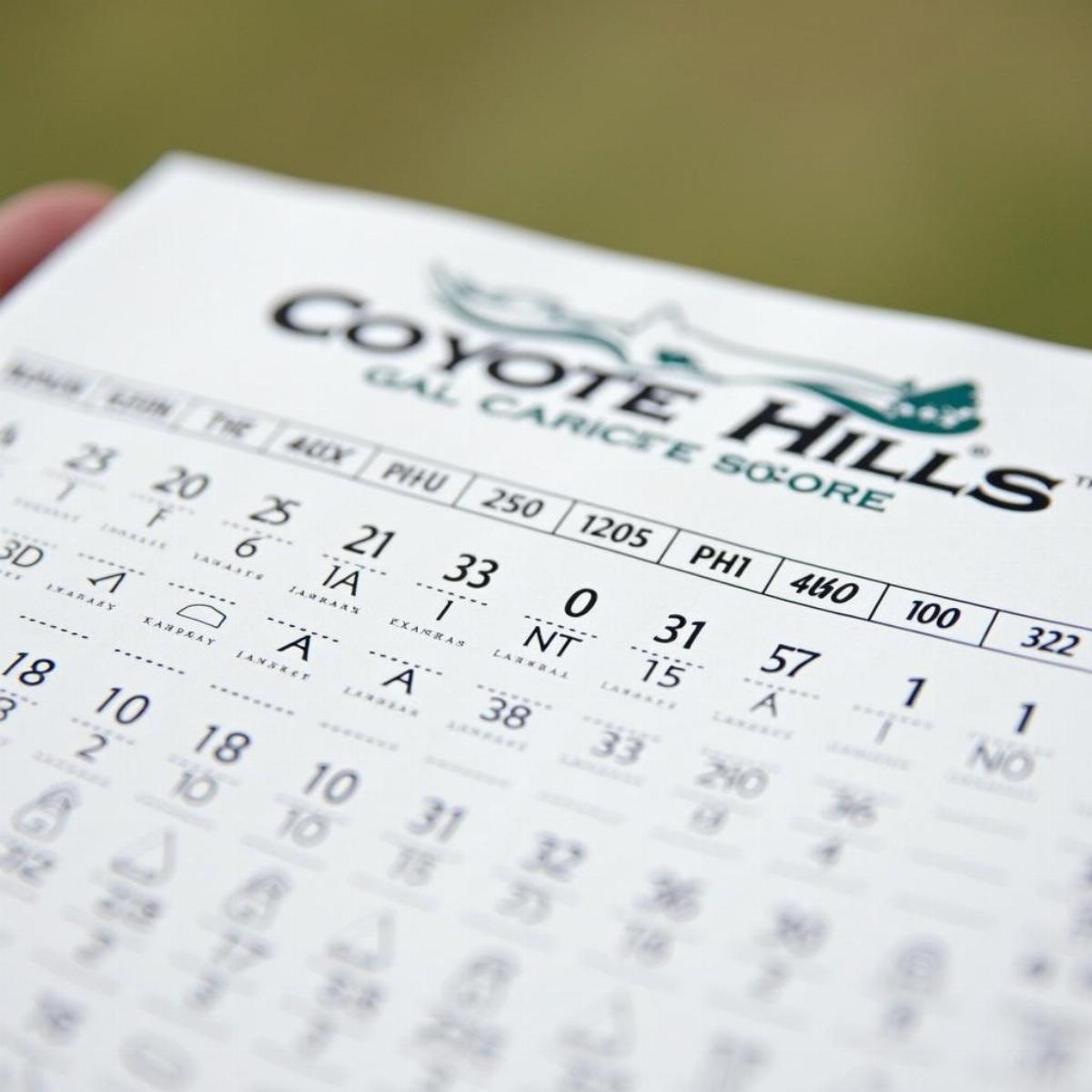 Coyote Hills Golf Course Scorecard
Coyote Hills Golf Course Scorecard Coyote Hills Practice Facilities
Coyote Hills Practice Facilities 
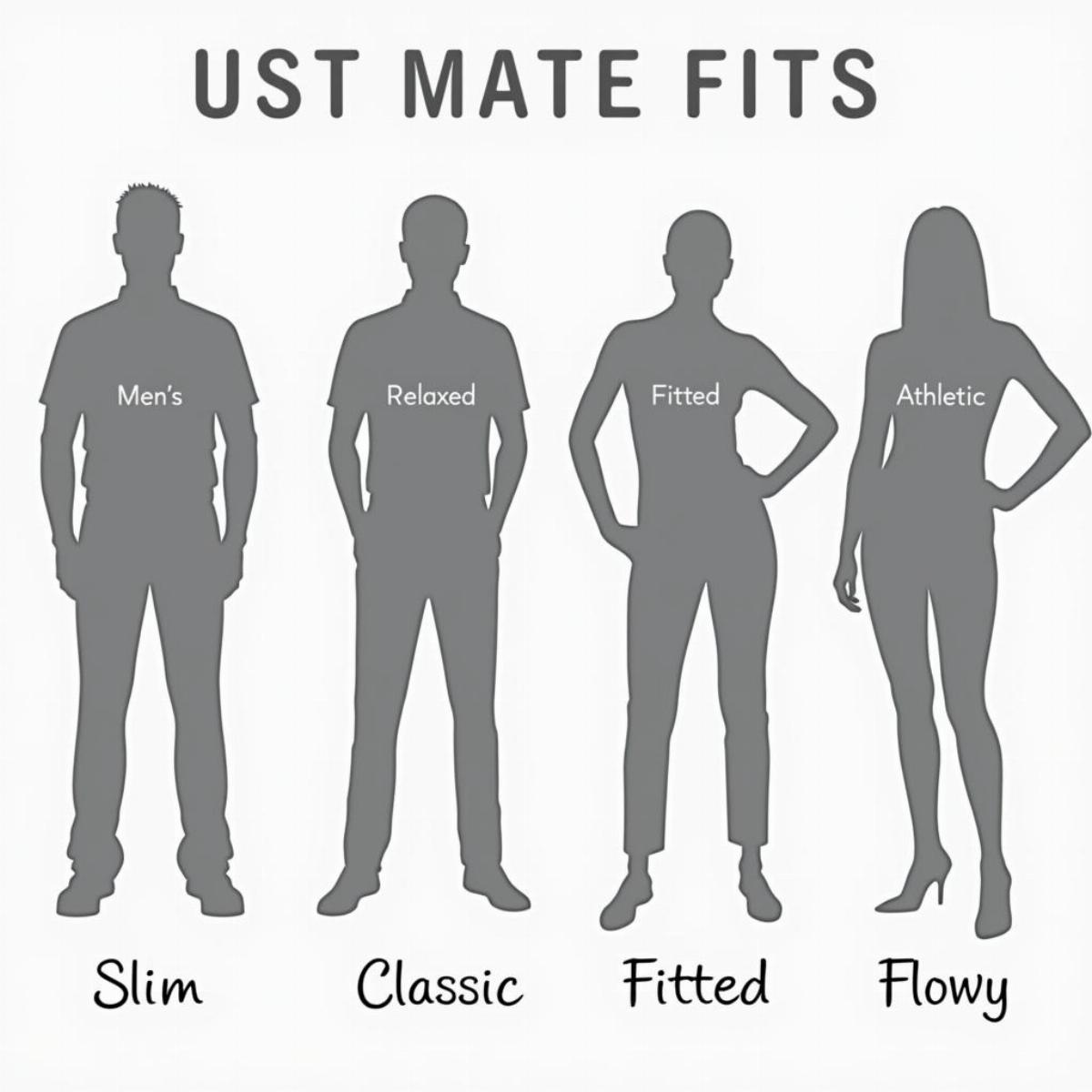 Different fits of golf shirts for men and women
Different fits of golf shirts for men and women Couples wearing matching golf shirts with different patterns
Couples wearing matching golf shirts with different patterns Matching golf accessories for couples laid out on a table
Matching golf accessories for couples laid out on a table